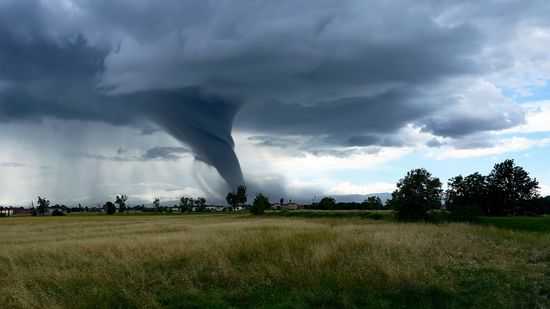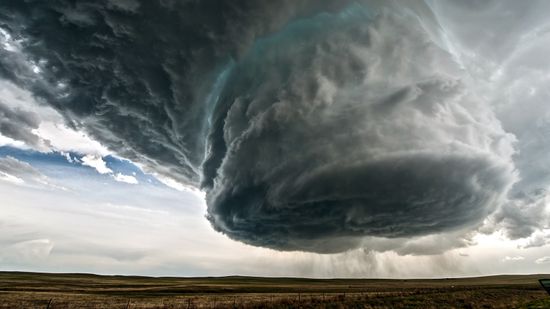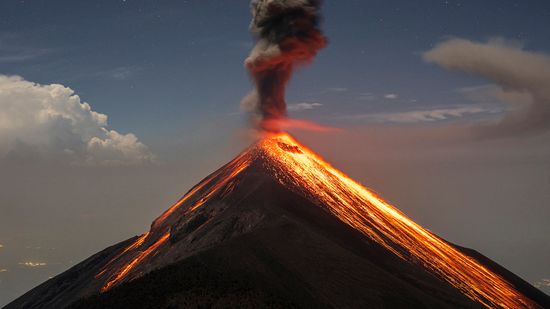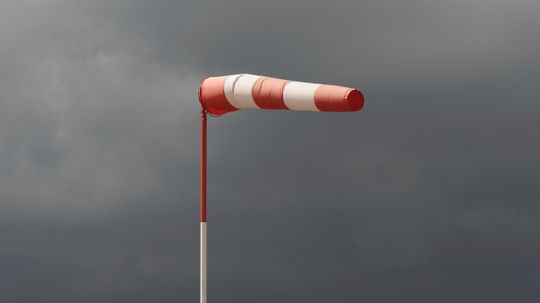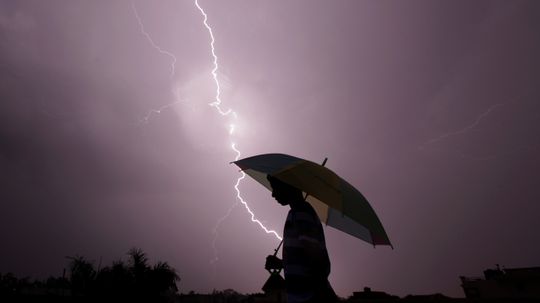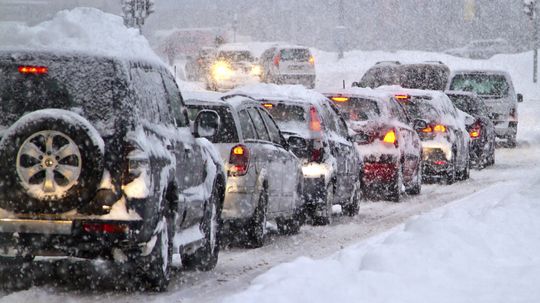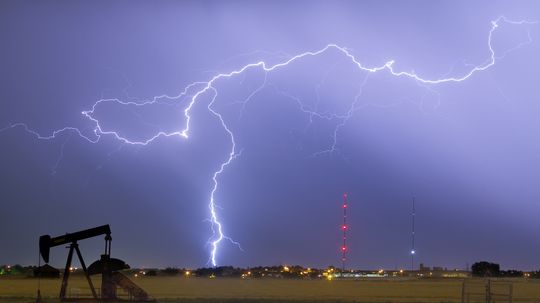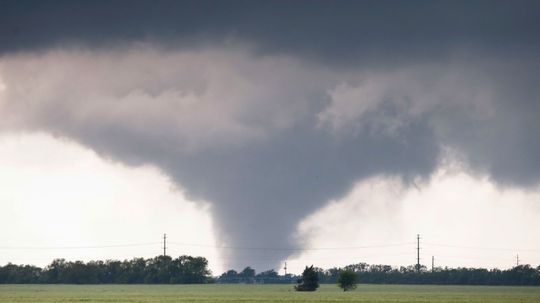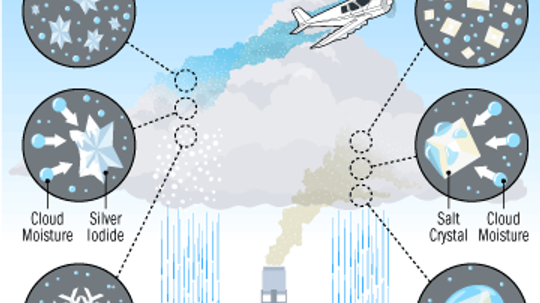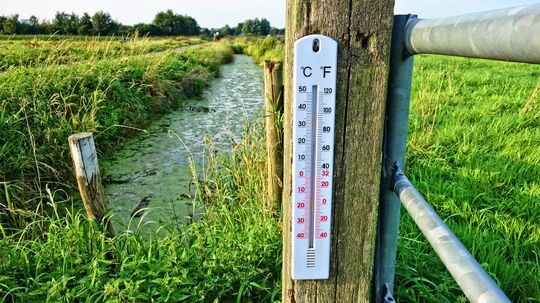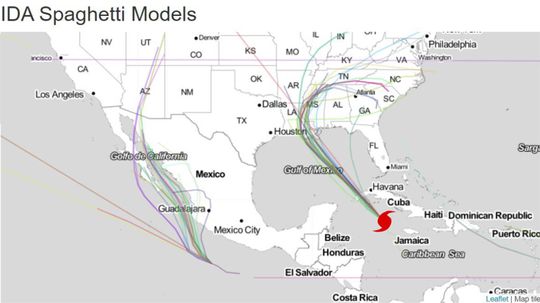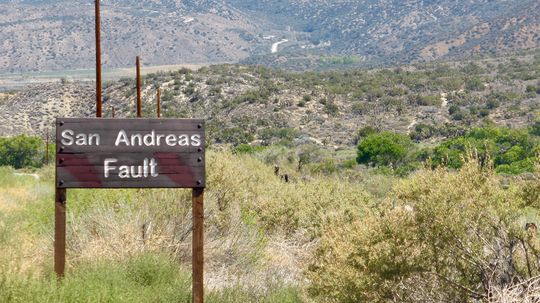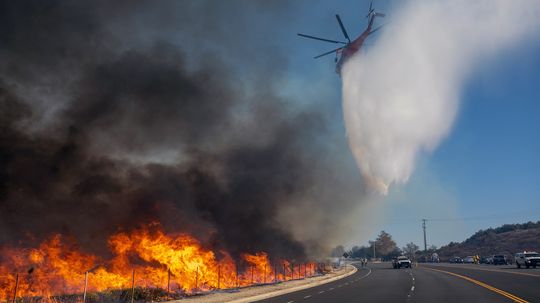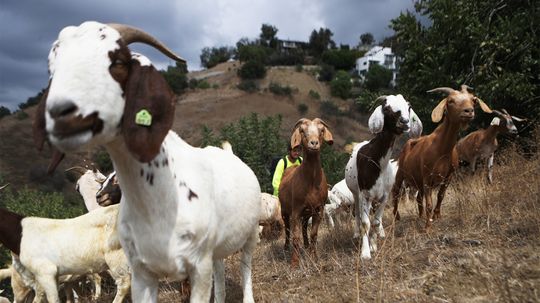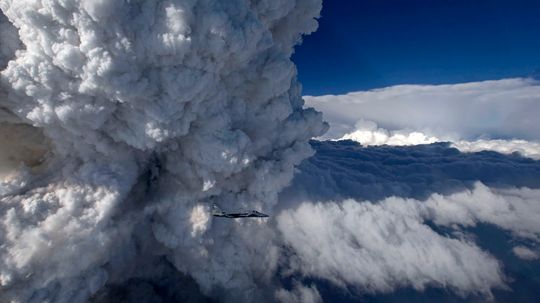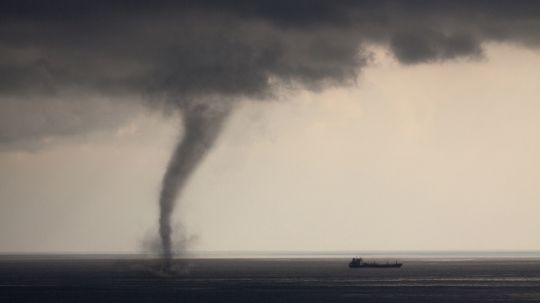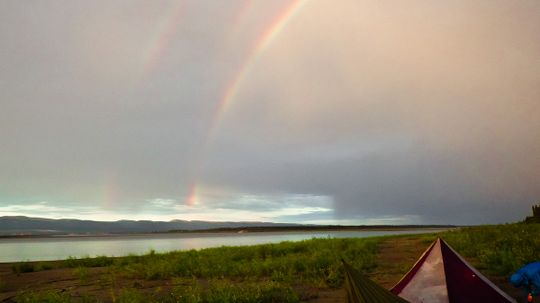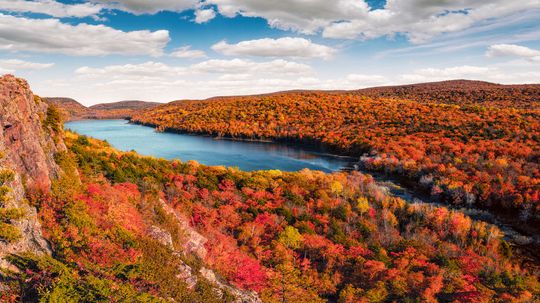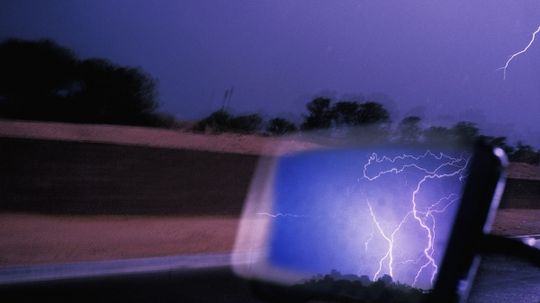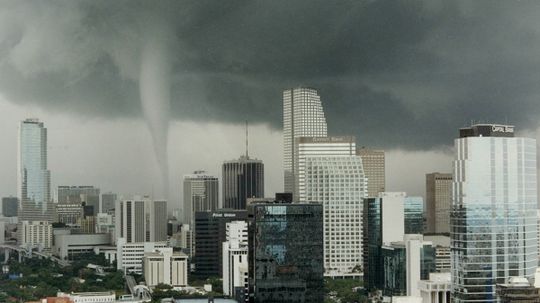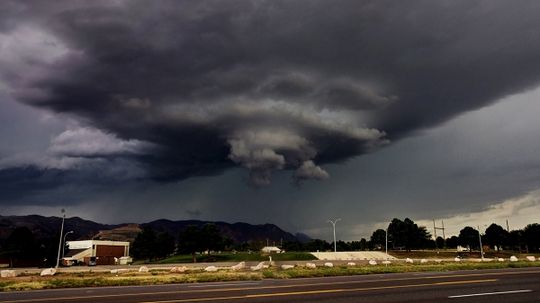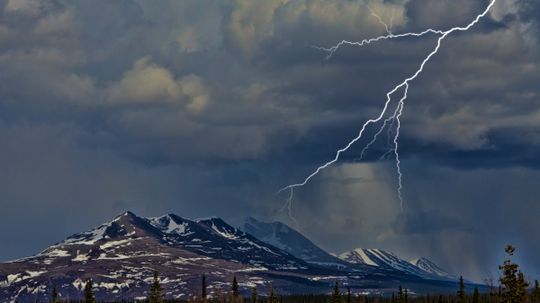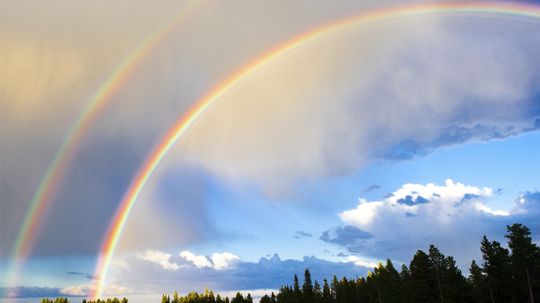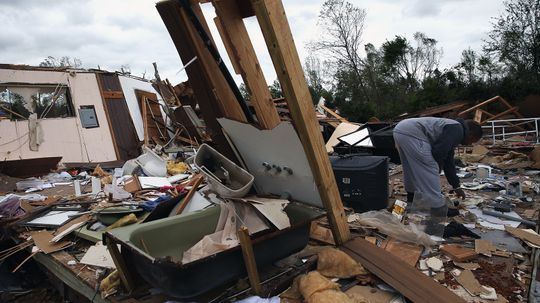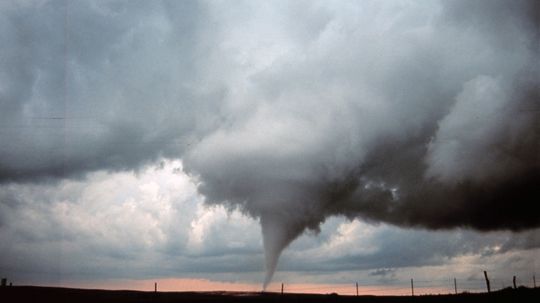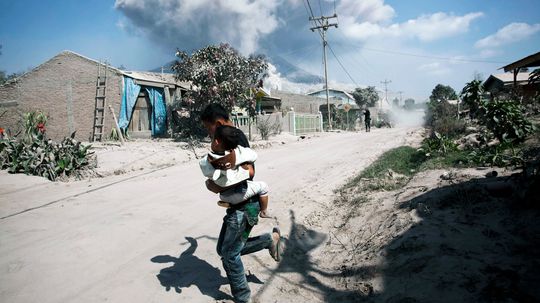Forces of Nature
We see the destruction that the Earth can unleash in the news on a regular basis. Here you can learn about hurricanes, tornadoes, earthquakes and other forces of nature.
Learn More / Page 8
Some things in this world you can just count on. The sun rises in the east and sets in the west. Certain types of birds will always fly south for the winter. But do tornadoes really only move from west to east -- and if so, why?
Simon and Garfunkel. Peanut butter and jelly. Thunder and lightning. Some things are just better when they roll in pairs. But while we know that '60s folk singers and classic foodstuffs can also roll solo, what about these stormy BFFs?
Your grandfather may swear that he can feel the onset of a harsh winter in his bones - and your family may swear it's true - but a lot of us would prefer a more scientific method for predicting what the winter may have in store for us.
Advertisement
In the days of Ancient Greece, it was easy enough to chalk up a bolt from the blue to Zeus, the great curmudgeon of Mt. Olympus. But while Ancient Greeks probably never felt safe from their grumpy god, today we know a bit more about lightning safety.
Mother Earth seems to have a love/hate thing going on with humans. While the planet we call home has all the essentials we need for life, it also has some nasty - and deadly - surprises.
Who likes getting caught in a downpour without an umbrella? Not this guy and not us. Are we ever going to achieve rainmaker status so we can dial up a few gentle showers one day and a blast of sunshine the next?
While most of the rest of the world has switched to Celsius, the U.S. continues to use the Fahrenheit temperature scale, apparently out of simple inertia.
Advertisement
Spaghetti models plot the potential tracks of tropical storms and hurricanes from different meteorological organizations onto one map. The resulting visual helps project how likely the forecast track will be.
The San Andreas is one of the most famous and closely watched fault lines in the world because of the fear that it is overdue for the next big quake.
These annual winds blow during Southern California's dangerous dry season, whipping up wildfires that can ravage thousands of acres.
By John Donovan
Wildfires have become a frightening reality in California and elsewhere as climate change creates drastically drier conditions. Using goats to eat underbrush and create firebreaks is now a routine part of the firefighting arsenal.
Advertisement
These massive clouds form when wildfires give off intense heat and cause smoke and hot air to rise. Though rare, climate change may be making conditions favorable for more to form.
Have you ever watched a waterspout move over the ocean or a lake from what you thought was a safe distance? Don't get too comfortable next time. Waterspouts and tornadoes are closely related.
If the legend is true, at the end of every rainbow is a pot of gold. Does that mean if triple rainbows exist, you'll find three pots of gold?
One of the best things about autumn is watching the leaves change color to fiery hues of red, gold and orange. Some say a rainy summer leads to an extra-vivid leaf show. Is that true?
Advertisement
To paraphrase the band Queen, thunder and lightning are very, very frightening. Especially when you're stuck in a car in the middle of nowhere. But can your rubber tires protect you from a lightning strike?
Are you safer from tornadoes if you live in a city? Would Dorothy have ended up in Oz if she lived in New York rather than Kansas? Let's separate fact from fiction.
Every year during tornado season, we see devastating effects of twisters in flat regions. But what about mountains? Do tornadoes steer clear of mountainous landscapes?
If you hear thunder during the winter, should you get your snow shovel ready? Find out if thunder in winter means thunder snow is coming.
Advertisement
A double rainbow, man! Just the sight of one can send us babbling into happiness. And why not? Rainbows are beautiful. And two rainbows at the same time? Even better. But just how rare are these colorful arcs?
Your bathtub is great for taking a soak, giving the kids a bath, or even washing the dog. But can it protect you during a tornado?
There's a tornado coming! What do you do first? Grab your valuables? Seek shelter? Panic? Open the windows? Wait, what? Some say opening the windows in your house makes a tornado cause less damage. Read on to find out the truth.
Can you shower during a thunderstorm? It's long been rumored that taking a nice, warm shower is a dangerous proposition when electricity is coursing through the sky.
Advertisement
It sounds simple enough. A wildfire is burning in your immediate area, so you turn from it and run. But getting away from a fire on foot may not be as easy as you think.
In the movies it looks so easy. A team of scientists are working near the crater of a volcano when it suddenly erupts. They jump in their vehicle and outrace the surging lava flow to safety. In reality, it just doesn't happen that way.



